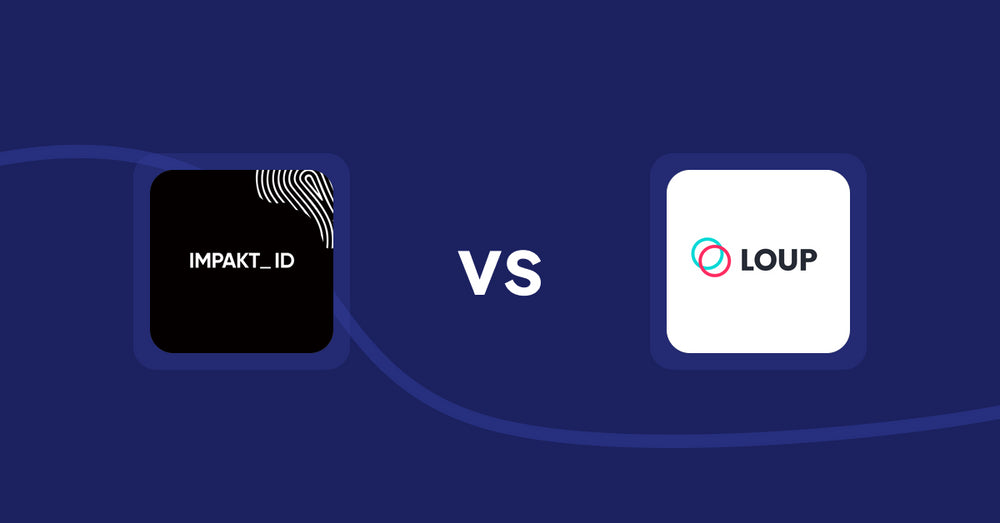Shopify Product Display Apps: TableFlow Specification Table vs. Menulog

Table of Contents
- Introduction
- How Does TableFlow Specification Table Work?
- How Does Menulog Work?
- How Much Does TableFlow Specification Table Cost?
- How Much Does Menulog Cost?
- Cost Analysis: TableFlow Specification Table vs. Menulog
- User Reviews & Customer Support Insights
- Integration and Compatibility Comparison
- Conclusion
Introduction
In the competitive e-commerce landscape, optimizing how products are displayed is critical for driving sales and enhancing customer experience. A well-organized product display can significantly influence purchasing decisions, making product display apps invaluable tools for online retailers. These apps provide functionalities that enhance product visibility, streamline information presentation, and ultimately forge a better connection between customers and products.
Two notable contenders in this space are TableFlow Specification Table and Menulog. Both apps offer unique functionalities, catering to businesses seeking improved product displays. While Menulog shines in creating restaurant menus and catalogs, the TableFlow Specification Table stands out for its versatility and robust feature set designed for a wide array of products. Let’s dive deeper into how these apps function, their pricing models, and user experiences to find out which one proves superior.
How Does TableFlow Specification Table Work?
TableFlow Specification Table enhances the Shopify experience by facilitating the addition of specification tables for a vast number of products—up to 100,000. It features a user-friendly interface where merchants can easily map metafields to specification tables and conditionally display them based on specific products. This organized approach ensures that customers receive all pertinent information before making a purchase decision, which can significantly reduce inquiries and improve satisfaction.
Key Features and Their Relevance
-
Unlimited Products and Table Groups:
- Utility: This feature allows businesses to create specifications for an extensive array of products, accommodating a growing inventory seamlessly.
- Business Scale: Startups will benefit from having the ability to expand product offerings without worrying about constraints, while larger enterprises can maintain streamlined operations.
-
Real-time Specification Changes:
- Utility: The specification table updates automatically when product variants are altered, ensuring accurate and timely information.
- Business Scale: This is vital for all businesses, particularly those frequently updating their stock or those with intricate product lines.
-
Dynamic Display Logic:
- Utility: The conditional visibility of tables based on product grouping or tagging allows for a tailored shopping experience that can guide customers more effectively.
- Business Scale: This feature is especially important for medium to large enterprises managing diverse product offerings.
-
Multi-column Specification Tables:
- Utility: The ability to consolidate information such as sizes, discounts, and shipping rates into one view assists in clearer communication with customers.
- Business Scale: This feature can help small businesses compete effectively by presenting their offerings professionally.
-
Power-ups and Templates:
- Utility: With various customizable layouts available, merchants can choose how to present their data, enhancing aesthetic appeal and user engagement.
- Business Scale: Startups and growing businesses can benefit from standard templates, while larger businesses may opt for more tailored layouts that match their branding.
Hypothetical Scenarios
Consider a medium-sized e-commerce store that sells furniture. With TableFlow Specification Table, they can display detailed specifications like dimensions, materials, and care instructions for each item. Using the dynamic display logic, the firm can ensure that only relevant information shows based on the selected item variant, enhancing clarity and efficiency for customers.
How Does Menulog Work?
Menulog focuses on providing options for building menus and product catalogs synced with real-time product data, designed primarily for the restaurant industry. This app helps businesses create visually appealing menus without the hassle of outdated design methods.
Key Features and Their Relevance
-
Real-time Product Mapping:
- Utility: Automatically pulling data from the store eliminates tedious manual entry, ensuring that menus are always current.
- Business Scale: This automated feature appeals to restaurants of all sizes but is particularly beneficial for those with daily menu changes.
-
Customization Tools:
- Utility: Users can tailor the look of their menus, giving brand identity prominence.
- Business Scale: Both startups and larger establishments can benefit from customization, enabling them to maintain brand consistency.
-
App Block Placement:
- Utility: The flexibility in where to place the menu block on their site allows eateries to enhance visibility.
- Business Scale: This advantage can particularly benefit smaller restaurants aiming to streamline their user experience without the help of a web developer.
Hypothetical Scenario
Imagine a new café that frequently alters its menu based on ingredient availability. By using Menulog, they can quickly update their offerings automatically, allowing them to respond rapidly to customer desires without compromising on presentation.
How Much Does TableFlow Specification Table Cost?
Cost-effective solutions are paramount for businesses investing in product display technologies. TableFlow Specification Table has a clear delineation of features that enhance its value proposition, particularly for the cost-effective pricing model.
Pricing Structure
-
Basic Plan - $5.96/month:
- Features: Includes unlimited products, unlimited tables in groups, a maximum of 150 table groups, multi-column capabilities, display logic, and email support.
- Limitations: Only one tier is available; advanced features may be limited.
- Target Audience: This plan suits startups or small businesses looking to begin their journey into effective product display without hefty overhead.
- Additional Costs: No hidden fees noted, ensuring clear budgeting.
“It is important to note that you can always reach out to our team and we can create a custom pricing plan to suit your needs and your budget. Schedule a call via this link and we’ll come up with the best solution for you and your business.”
How Much Does Menulog Cost?
In evaluating cost, understanding the impact of an investment on menu presentation is essential. Menulog offers a straightforward model, albeit with a single plan.
Pricing Structure
-
Basic Plan - $10/month:
- Features: Unlimited restaurant menus or catalogs along with customer support.
- Limitations: Lacks a tiered structure, which could limit businesses seeking differentiated features.
- Target Audience: Best for small to medium restaurants requiring a quick setup and ongoing menu updates.
- Additional Costs: No additional costs are listed, but early plans may have limited functionalities.
Cost Analysis: TableFlow Specification Table vs. Menulog
When scrutinizing the financial aspects of these apps, TableFlow Specification Table emerges as a more appealing option. Priced at $5.96, it offers a diverse array of features, making it more cost-effective compared to Menulog’s offering at $10. Furthermore, TableFlow caters to a broader audience due to its comprehensive functionalities suited for varying business scales, from startups to large enterprises.
User Reviews & Customer Support Insights
Is TableFlow Specification Table Good?
With an impressive rating of 5 stars from 64 reviews, users praise TableFlow for its robustness and ease of use. Customers appreciate its intuitive design, which helps increase product engagement and drive sales.
Is Menulog Good?
Menulog has recently launched and currently holds a 0-star rating from 0 reviews, highlighting the uncertainty surrounding its effectiveness. Users may appreciate its automation feature but could criticize a lack of comprehensive customer support as seen in newer apps.
Customer Support Feedback
Good customer support can significantly affect user satisfaction and ratings. TableFlow’s email support is a positive aspect that contributes to its favorable reviews, while Menulog's effectiveness in this aspect remains untested due to its nascent status.
User Preference: TableFlow Specification Table or Menulog?
With its track record of high ratings, TableFlow Specification Table is evidently more favored among users. The differences in their features and overall utility explain the discrepancies in customer reception, with TableFlow continually proving its capabilities in enhancing product display efficacy.
Integration and Compatibility Comparison
TableFlow Specification Table Integrations
TableFlow seamlessly integrates with various tools optimizing store performance. This compatibility ensures a cohesive operational environment, enhancing user experience and data management.
Menulog Integrations
Currently, Menulog lacks integrations as stated, which can limit its effectiveness in delivering a holistic menu management system. In contrast, TableFlow’s established integration options provide enhanced functionalities.
Conclusion
While both TableFlow Specification Table and Menulog provide concrete solutions, TableFlow stands out significantly due to its user-friendly interface, broad feature set, and flexible pricing structure. The app's 5-star rating reflects its success in elevating product display, enhancing customer engagement, and driving sales effectively. Conversely, while Menulog serves its purpose in a niche market, its early stage and lack of user feedback raise questions about its effectiveness. Therefore, for diverse product display needs, TableFlow Specification Table appears to be the superior choice.
Still Searching for the Perfect Customization Solution?
Stop searching and start thriving with Accentuate Custom Fields! This powerful metafield management app supercharges Shopify’s native features, giving you the tools to create a truly personalized customer experience.
Why Choose Accentuate Custom Fields?
- Advanced Customization: Unlimited field definitions, logical grouping, and custom layouts make your store one-of-a-kind.
- Enhanced Editor Experience: Effortlessly edit variant metafields, use advanced HTML and markdown editors, and sync field definitions between stores.
- Flexible Management: Import/export capabilities, automatic tagging, and comprehensive support for Metaobjects and versioning.
- 24/7 Support: If you have any questions or need assistance, our team is available around the clock to help with any custom modifications to suit your store.
Join over 12,000 merchants, including top Shopify Plus stores, who trust Accentuate for their customization needs. With a stellar 4.9-star rating, Accentuate is the go-to tool for advanced CMS needs, offering unmatched flexibility and control over your store’s content. Elevate your Shopify store with high-quality content that boosts customer experiences and conversions. Tell your story, showcase your products, and create an engaging customer journey with ease.
Experience the Accentuate difference and watch your Shopify store thrive!
Accentuate vs Competition
Explore how Accentuate Custom Fields stands out. Whether you’re aiming to customise your storefront, streamline operations or improve content management, see how we compare against the competition

Shopify Product Display Apps: FeatureFrame ‑ Pretty Product vs. AI SEO: Top Product Features

Shopify Product Display Apps: Metadrob: Create Virtual Store vs シンプルクラウドファンディング|お手軽自社クラファン
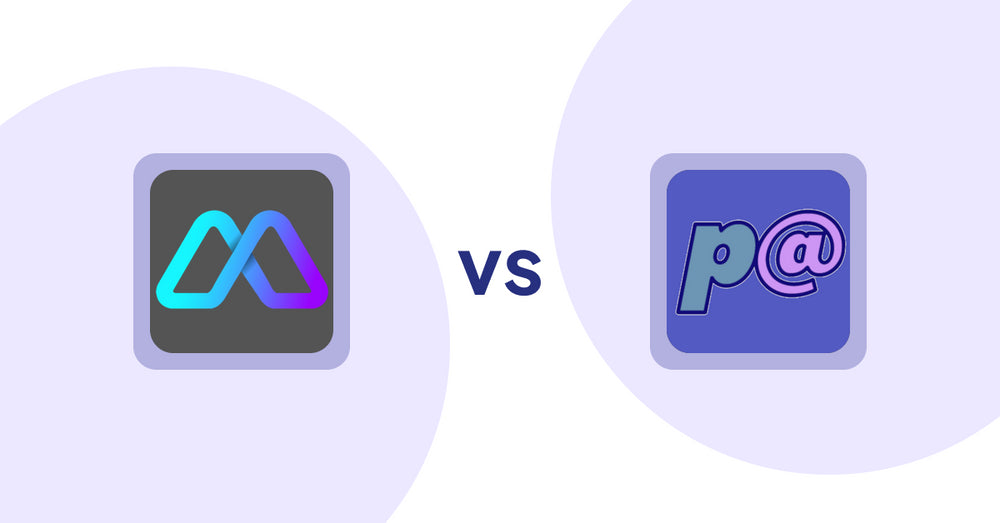
Shopify Product Display Apps: Metadrob: Create Virtual Store vs Parameterizer
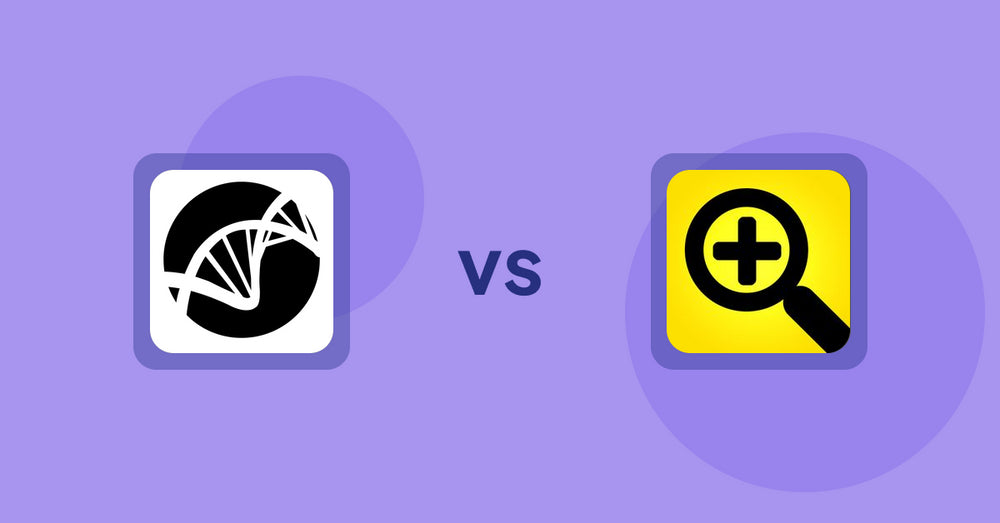
Shopify Product Display Apps: Bike Matrix vs. Fast View: Fastest Quick View
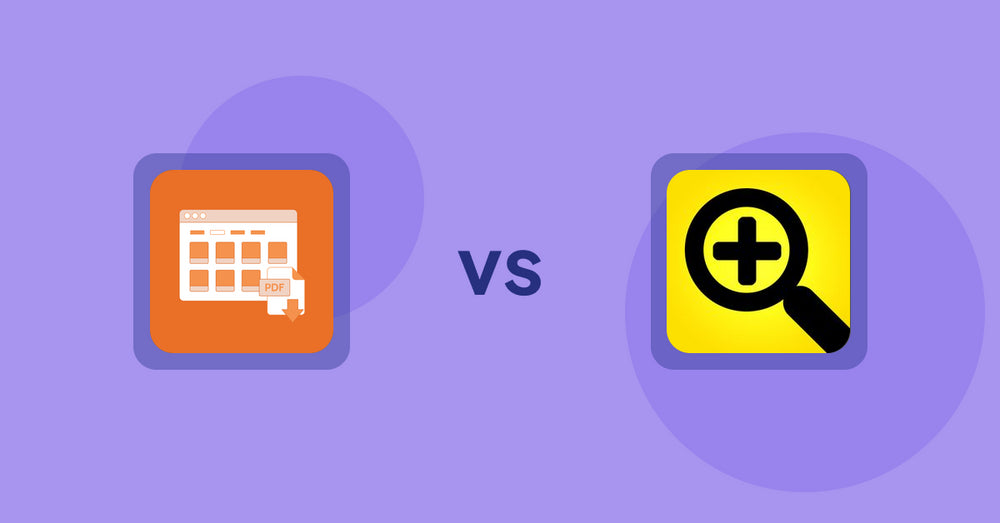
Shopify Product Display Apps: Meetanshi PDF Product Catalog vs Fast View: Fastest Quick View

Shopify Product Display Apps: UR: Smart Ranking vs Sortyfi Collection Merchandise

Shopify Product Display Apps: UR: Smart Ranking vs PDP Star

Shopify Product Display Apps: Menulog vs Reelify ‑ Shoppable Reel Video

Shopify Product Display Apps: H3 Estimated Delivery vs Findify Search & Merchandise

Shopify Product Display Apps: Wordo ‑ ChatGPT AI Description vs Urgency! Low Stock Counter

Shopify Product Display Apps: WS Transparency vs シンプル会員注文割引|お手軽ログインセール設定

Shopify Product Display Apps: WS Transparency vs Reelify ‑ Shoppable Reel Video

Shopify Product Display Apps: Awesome Ranking vs シンプル売り切れ非表示|在庫切れ商品の表示変更

Shopify Product Display Apps: OC Product Size Chart vs FeatureFrame ‑ Pretty Product

Shopify Product Display Apps: Shelfify vs Bike Matrix
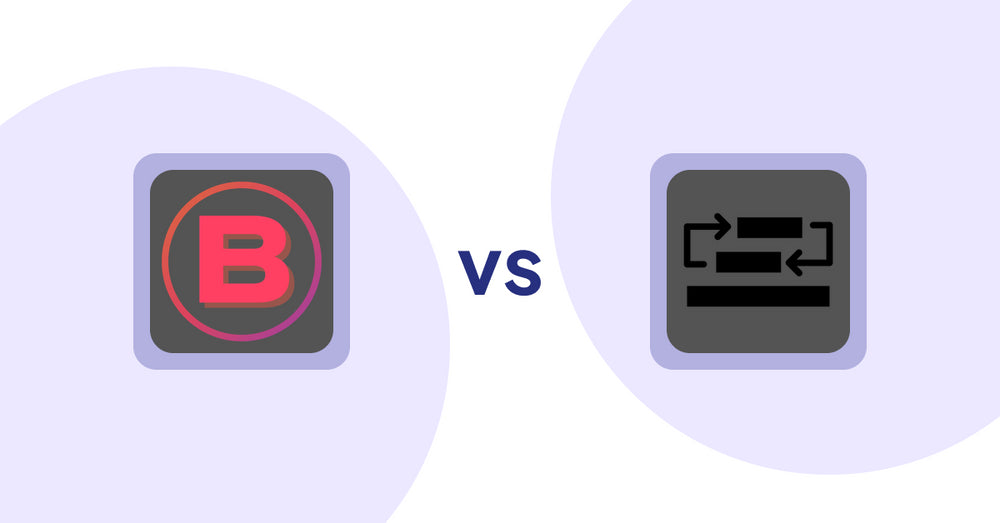
Shopify Product Display Apps: Banter Stories vs Sortyfi Collection Merchandise

Shopify Product Display Apps: Banter Stories vs. Reelify ‑ Shoppable Reel Video

Shopify Product Display Apps: Wordsmith: Content Generator vs Parameterizer

Shopify Product Display Apps: Wordsmith: Content Generator vs Reelify ‑ Shoppable Reel Video

Shopify Product Display Apps: Bringin vs CartBar ‑ Product Purchase Bar
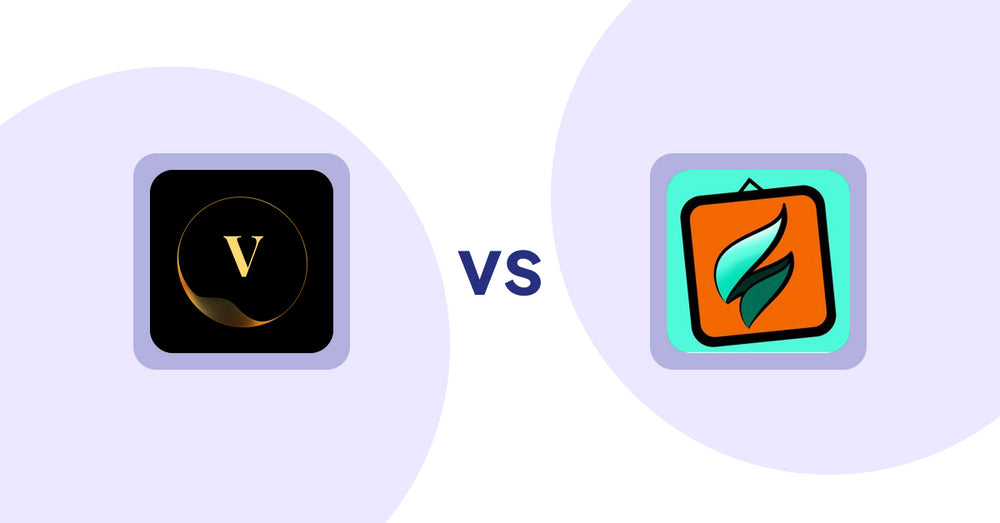
Shopify Product Display Apps: ProductTube vs SMART ‑ Art Product Builder

Shopify Product Display Apps: Xpander vs PDP Star

Shopify Product Display Apps: Xpander vs Banter Stories

Shopify Product Display Apps: Wonderful Widgets vs Bringin

Shopify Product Display Apps: BookE - Rent Property & Service vs Metadrob: Create Virtual Store

Shopify Product Display Apps: BookE ‑Rent Property & Service vs. Banter Stories

Shopify Product Display Apps: Product Table vs. Xpander

Shopify Product Display Apps: Selling Fast vs CartBar ‑ Product Purchase Bar

Shopify Product Display Apps: Selling Fast vs. Loup: Sell on Instagram

Shopify Product Display Apps: Selling Fast vs. Findify Search & Merchandise

Shopify Product Display Apps: Selling Fast vs. Aiuta

Shopify Product Display Apps: Selling Fast vs Bestsellr

Shopify Product Display Apps: Selling Fast vs ProductTube

Shopify Product Display Apps: Extendons Product Tag Images vs Urgency! Low Stock Counter

Shopify Product Display Apps: Writer Sofia vs シンプルクラウドファンディング|お手軽自社クラファン

Shopify Product Display Apps: Writer Sofia vs Wordsmith: Content Generator
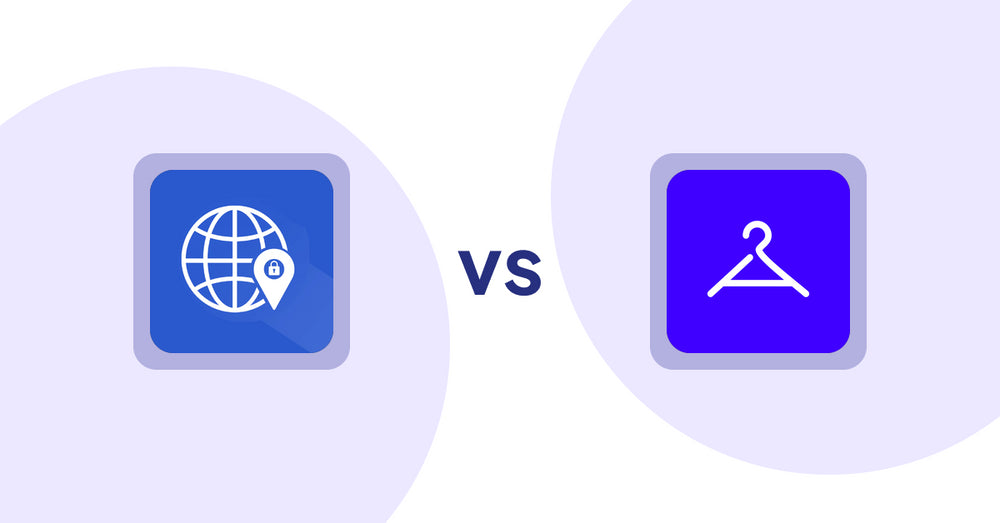
Shopify Product Display Apps: Addify ‑ Country Restrictions vs Aiuta
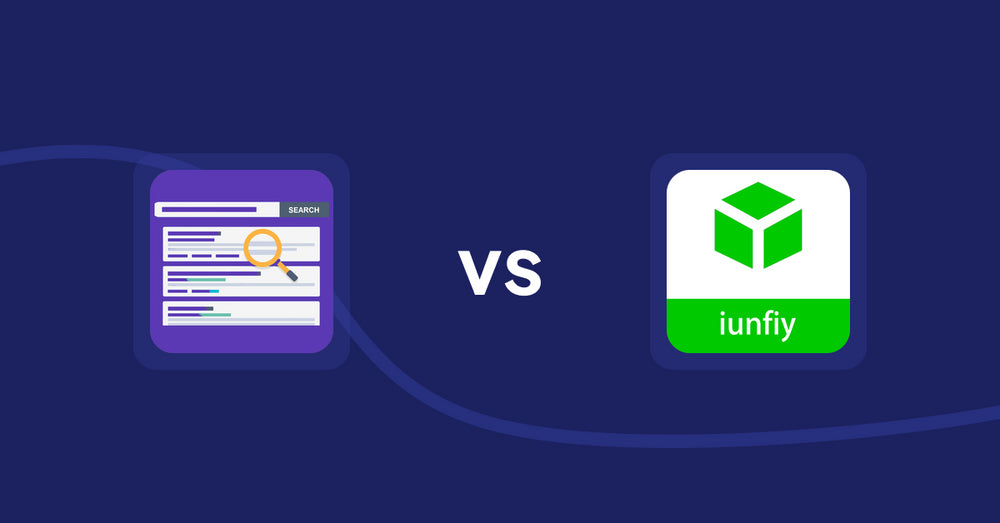
Shopify Product Display Apps: Spark AI Products Description vs iunfiy • Related Products

Shopify Product Display Apps: BeUnico vs Loup: Sell on Instagram

Shopify Product Display Apps: Easy Estimate Shipping vs BookE ‑Rent Property & Service

Shopify Product Display Apps: Easy Estimate Shipping vs. Spark AI Products Description

Shopify Product Display Apps: Mugshot Bot vs Parameterizer
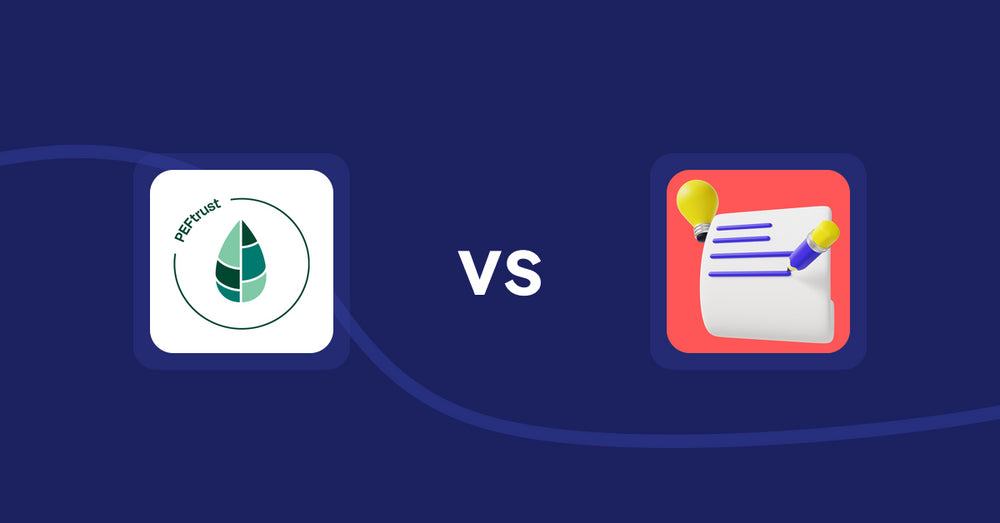
Shopify Product Display Apps: Peftrust vs. Wordo ‑ ChatGPT AI Description

Shopify Product Display Apps: Quick Product Navigator Slide vs Reelify ‑ Shoppable Reel Video

Shopify Product Display Apps: Quick Product Navigator Slide vs. UR: Smart Ranking

Shopify Product Display Apps: Eazy Specification Tags Table vs Agile Attachments

Shopify Product Display Apps: Jedi Back In Stock Admin Alert vs FeatureFrame ‑ Pretty Product

Shopify Product Display Apps: Jedi Back In Stock Admin Alert vs. Findify Search & Merchandise

Shopify Product Display Apps: Jedi Back In Stock Admin Alert vs Banter Stories
